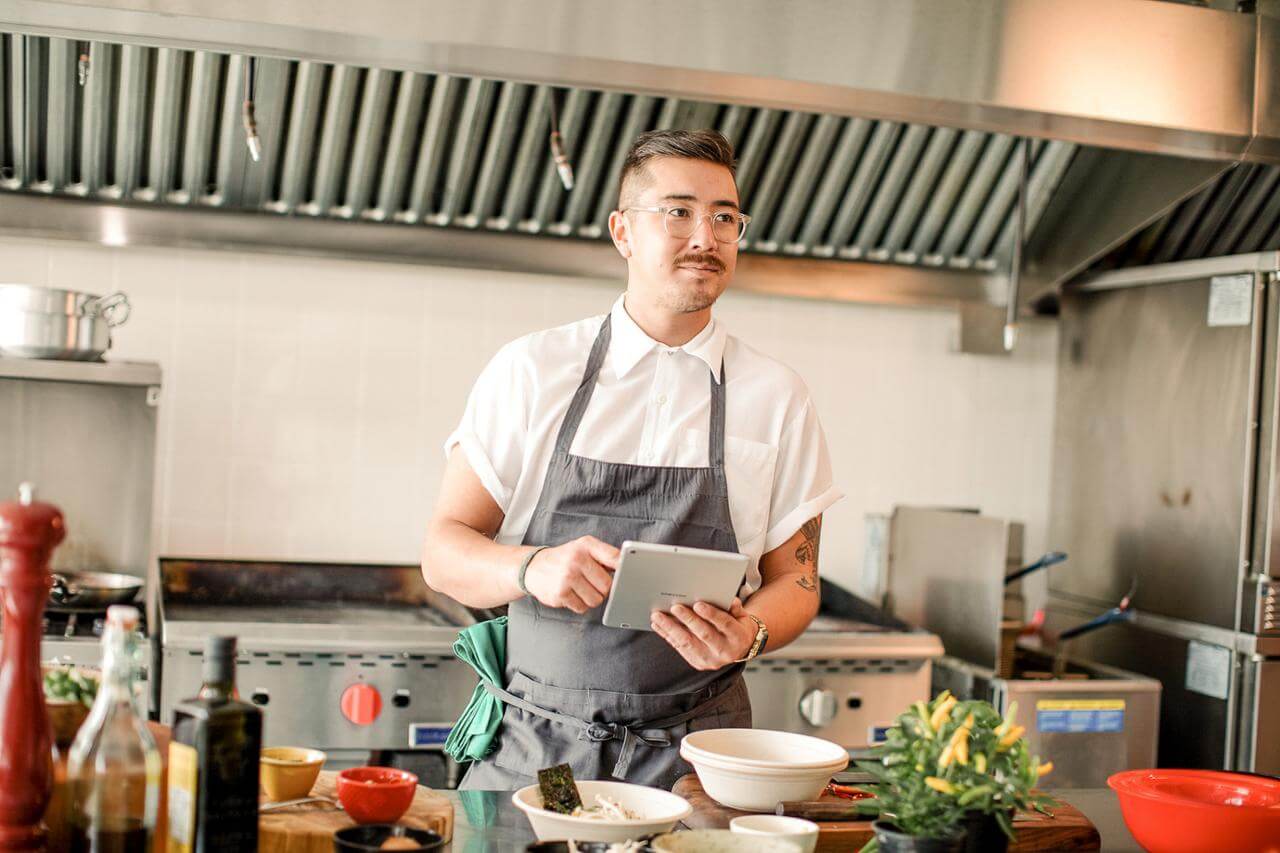By providing a reasonably priced, delivery-oriented business model that satisfies the increasing need for quick eating alternatives, cloud kitchens have transformed the food sector. Running a successful cloud kitchen calls for more than just excellent cuisine and cooking techniques, though; it also calls for the correct collection of tools and technologies to simplify processes, improve efficiency, and uphold a high degree of service quality. Running a cloud kitchen successfully depends on several basic tools and technologies listed here. With a smart kitchen, managing grocery lists, monitoring cooking progress, and adjusting settings can be done effortlessly.
Order Management Systems (OMS)
Any cloud kitchen is built on a strong foundation—an effective ordering system. This system lets kitchen personnel track and manage all incoming orders from several delivery systems into one interface, therefore enabling real-time management. An OMS guarantees that orders are generated and sent quickly, accelerates the order processing time, and helps to lower mistakes. Automating the order flow helps cloud kitchens maximize their operations, increase accuracy, and manage high volume of orders during peak times without missing a beat.

Systems for Kitchen Display: KDS
In the kitchen, a Kitchen Display System is a digital screen used in place of conventional paper tickets that clearly and orderly shows orders for the personnel. A KDS reduces mistakes, enhances front-of-house and kitchen staff communication, and lets cooks effectively prioritize and handle several orders. It also records preparation times, which lets kitchen managers spot areas of congestion and simplify processes. In cloud kitchens, where reaching delivery targets depends on speed and accuracy, this technology is very helpful.
Software for Inventory Management
Maintaining seamless kitchen operations depends on knowing ingredients and supplies. Cloud kitchens can detect consumption trends, monitor stock levels, and automatically replenish items using inventory management software. This instrument guarantees the correct level of ingredients on hand, therefore reducing waste and avoiding stockouts that can cause delays to orders. Furthermore offering data on ingredient costs, advanced inventory systems enable cloud kitchens to maximize their menu pricing and save general food expenditures, so improving profitability.
Point ofsale (POS) systems
Management of sales data and transactions in a cloud kitchen depends on a cloud-based Point of Sale system. Unlike traditional POS systems, cloud-based POS allows for integration with online ordering platforms, inventory systems, and customer management tools. It provides real-time sales analytics, helping kitchen operators make data-driven decisions on menu performance and pricing strategies. Furthermore, a POS system lets consumers pay quickly across several channels, therefore improving their whole ordering experience.
Running a successful cloud kitchen requires a strategic combination of the right tools and technologies to streamline operations, manage orders, and engage with customers effectively. From order management and kitchen display systems to inventory software and smart kitchen equipment, each tool plays a vital role in enhancing efficiency and driving growth. By investing in these essential technologies, cloud kitchens can optimize their processes, improve customer satisfaction, and thrive in the competitive food delivery market.
The smart kitchen are designed to save time and reduce waste by using intelligent systems and predictive maintenance features.
